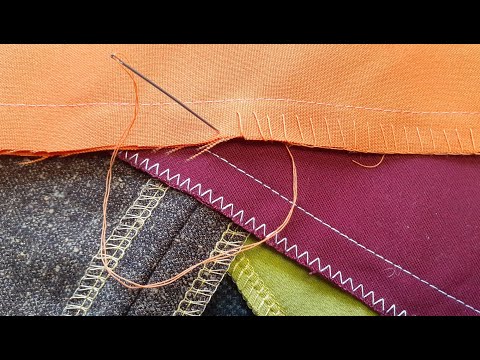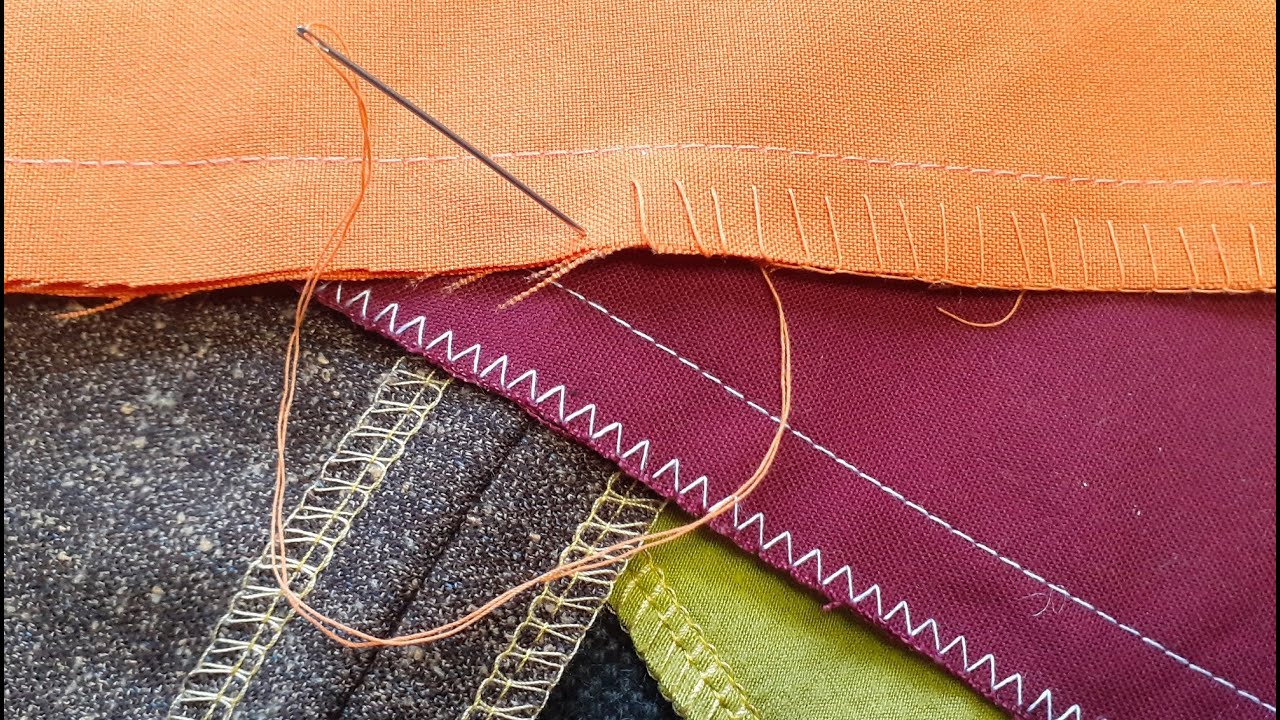Fabric edging is the ultimate solution to add a touch of elegance and sophistication to your crafts and projects. Whether you’re a seasoned designer or a DIY enthusiast, this exquisite trimming will take your creations to a whole new level. Crafted with precision and care, our fabric edging is designed to perfectly complement any fabric or material. Its versatility knows no bounds, as it can be used for a myriad of applications, from clothing and accessories to home decor and upholstery.
With its intricate and beautiful design, our fabric edging not only adds an aesthetic appeal but also provides durability and functionality. The high-quality materials used ensure that it remains intact and withstands the test of time. It is seamlessly easy to attach, allowing you to effortlessly enhance your projects with a professional finish.
In addition to its aesthetic value, our fabric edging also offers practical benefits. It helps prevent fraying and unraveling, ensuring that your fabrics stay in pristine condition for longer. The exquisite details and fine craftsmanship of our fabric edging make it a standout choice for those who appreciate the finer things in life.
Whether you’re working on a fashion-forward garment, creating unique accessories, or adding a decorative touch to your living space, our fabric edging is the perfect companion. Elevate your creativity and indulge in the beauty of our fabric edging to transform your projects into timeless works of art.

The Importance of Fabric Edging: Enhancing Durability and Aesthetics
Fabric edging is a crucial aspect of textile design that often goes unnoticed. However, it plays a significant role in enhancing the durability and aesthetics of various products. Whether it’s clothing, home decor, or accessories, fabric edging provides a finishing touch that not only adds to the overall appearance but also ensures the longevity of the item. In this article, we will delve into the importance of fabric edging and its various applications.
1. Protecting the Edges: Reinforcing Durability
One of the primary functions of fabric edging is to protect the edges of a fabric from wear and tear. When raw fabric edges are left untreated, they are prone to fraying and unraveling over time. This not only compromises the integrity of the fabric but also leads to a less polished appearance. By applying fabric edging, whether through stitching, binding, or folding, the edges are reinforced, creating a durable finish that withstands regular use and washing.
Fabric edging is particularly essential in products that experience heavy wear, such as garments. The edging helps prevent the seams from unraveling, extending the lifespan of the clothing item. Additionally, it also adds strength to accessories, such as bags or wallets, ensuring they can withstand the weight and strain of daily use.
2. Enhancing Aesthetics: Adding a Touch of Elegance
While fabric edging serves a functional purpose, it also contributes to the overall aesthetics of a product. Whether it’s a garment, pillowcase, or tablecloth, a well-executed fabric edge can elevate the item’s appearance. By choosing an appropriate edging method and material, designers can enhance the visual appeal of their creations.
For instance, decorative stitching along the fabric’s edge can add a pop of color and texture, making the item more visually interesting. Similarly, applying a contrasting binding fabric on the edge can create a striking visual contrast. Carefully selected fabric edging can transform a plain item into a statement piece, making it more appealing to consumers.
3. Functional Applications: Beyond Aesthetics
While fabric edging is often associated with aesthetics, it serves several functional purposes as well. One of its essential applications is providing structure and stability to fabrics. By adding a reinforced edge, the fabric becomes more rigid, making it easier to work with in various sewing and crafting projects.
Fabric edging is also commonly used to finish and enclose raw seams, preventing them from fraying and creating a neater appearance. This is particularly important in products that have exposed seams, such as blankets or upholstery. The edging not only adds a professional touch but also ensures the fabric’s longevity by protecting it from unraveling.
4. Choosing the Right Edging Method and Material
When it comes to fabric edging, there are numerous methods and materials to choose from. The selection depends on various factors, including the fabric type, intended use, and desired aesthetic outcome.
Common fabric edging methods include stitching, binding, and folding. Stitching involves sewing along the fabric’s edge, either with a regular straight stitch or a decorative stitch. Binding, on the other hand, involves attaching a separate strip of fabric to encase the raw edge. This can be done with bias tape, which is pre-folded and easy to work with. Lastly, folding involves folding the fabric’s edge inwards and securing it with a stitch, creating a clean and seamless finish.
When choosing the right edging material, it’s crucial to consider factors such as durability, flexibility, and aesthetic compatibility. Cotton bias tape is a popular choice for many applications due to its versatility and durability. Satin or silk bias tape is often used for more delicate fabrics or decorative purposes, while leather or suede can add a luxurious touch to certain products.
5. The Versatility of Fabric Edging
Fabric edging is not limited to a particular type of product or industry. Its versatility allows it to be utilized in various fields, from fashion to home decor to crafts. Whether it’s a designer dress, a quilted blanket, or a handcrafted accessory, fabric edging plays a vital role in ensuring the product’s longevity and aesthetic appeal.
In conclusion, fabric edging is an often overlooked but essential aspect of textile design. It provides durability by protecting the edges from fraying and unraveling, while also enhancing the overall aesthetics of a product. By choosing the right edging method and material, designers can elevate their creations, adding both functionality and visual appeal. Whether you’re a professional designer or a crafting enthusiast, fabric edging is a skill worth mastering.
Creative Ways to Tame Raw Fabric Edges
Fabric Edging Options
Fabric Edging Table
| Edging Type | Material | Usage | Benefits |
|---|---|---|---|
| Satin Binding | Silk or Polyester | Garment, Home Decor | Satin binding offers a luxurious and elegant finish to any fabric. It is commonly used in high-end garments, such as evening gowns and wedding dresses. Its smooth texture and sheen add a touch of sophistication to any design. |
| Grosgrain Ribbon | Cotton or Polyester | Accessories, Crafts | Grosgrain ribbon edging provides a sturdy and textured finish to fabrics. Its ribbed appearance adds a subtle decorative element to any project. Commonly used in accessories like bags, hairbands, and bow ties, grosgrain ribbon creates a polished and professional look. |
| Lace Trim | Cotton or Nylon | Lingerie, Home Decor | Lace trim edging exudes femininity and delicacy. It is widely used in lingerie and intimate apparel due to its intricate and romantic designs. Lace trim adds a touch of elegance to curtains, tablecloths, and pillowcases, elevating the overall aesthetic of any space. |
| Picot Edge | Cotton or Polyester | Baby Clothing, Linens | Picot edge is commonly used in baby clothing and linens due to its soft and gentle nature. Its small, looped stitches create a decorative scalloped edge, adding a playful touch to garments and bedding items. Picot edge is perfect for creating a charming and cozy atmosphere. |
In this fabric edging table, we have highlighted some popular types of fabric edging along with their materials, usage, and benefits. Each edging type serves a distinct purpose and can greatly enhance the visual appeal and functionality of various fabric-based projects.
Satin binding, made from silk or polyester, is renowned for its luxurious and elegant finish. It is often used in high-end garments like evening gowns and wedding dresses, offering a smooth texture and a captivating sheen that exudes sophistication.
Grosgrain ribbon, available in cotton or polyester, provides a sturdy and textured finish to fabrics. Its ribbed appearance adds a subtle decorative element, making it ideal for accessories such as bags, hairbands, and bow ties. Grosgrain ribbon ensures a polished and professional look in any project.
Lace trim, crafted from cotton or nylon, adds a touch of femininity and delicacy to fabric edging. It is commonly used in lingerie and intimate apparel due to its intricate and romantic designs. Lace trim also contributes to the overall aesthetic of home decor items like curtains, tablecloths, and pillowcases, elevating the ambiance of any space.
Picot edge, typically made from cotton or polyester, is a popular choice for baby clothing and linens. Its soft and gentle nature, coupled with small, looped stitches that create a decorative scalloped edge, adds a playful touch to garments and bedding items. Picot edge is perfect for creating a charming and cozy atmosphere in nurseries and bedrooms.
By understanding the different fabric edging options available, one can select the most suitable type for their specific project, achieving both aesthetic appeal and functional benefits.

